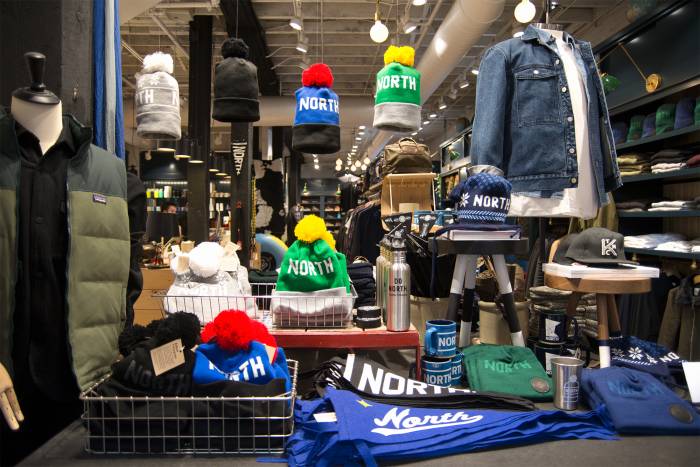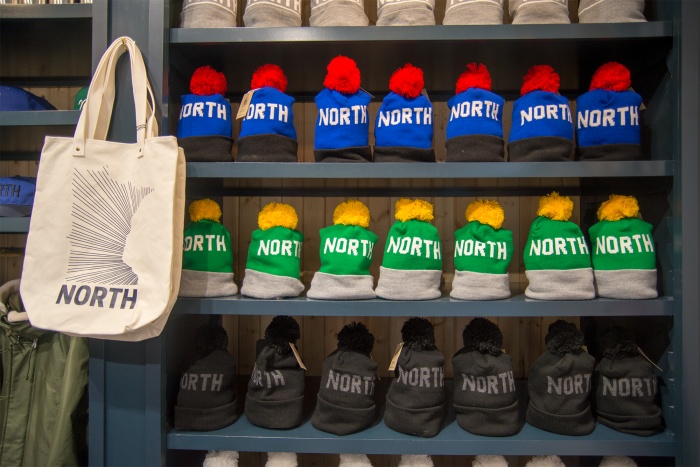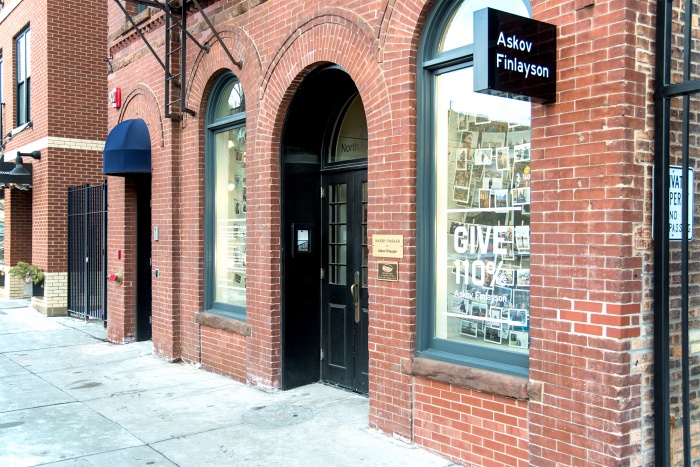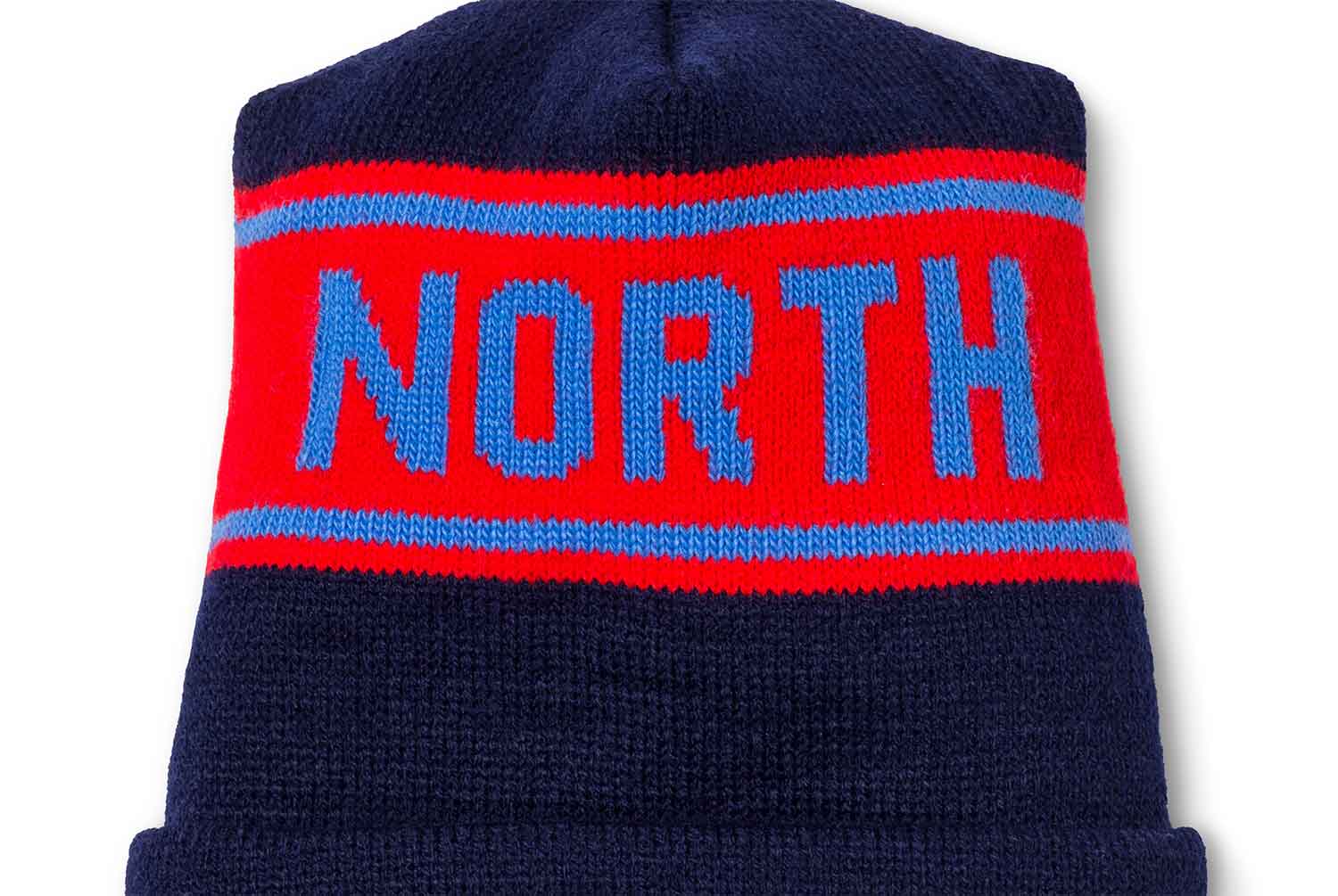The Minnesota outdoors brand will give back 110 percent of its carbon impact costs to environmental organizations.
Askov Finlayson wants to make it easier for you to help reverse climate change. Beginning this year, the brand is calculating its carbon footprint including its supply chain. It will then donate enough money to offset 110 percent of that carbon footprint to organizations working to combat climate change.
But that’s not all. The brand hopes to transform from a Midwestern outfitter into a national B-corp. Last year, the Minneapolis-based Askov hired former Patagonia communications director Adam Fetcher to help.
We caught up with Fetcher to learn more about Aksov’s future and ambitious giveback, including a commitment to donate $1 million to climate action organizations.
Askov Finlayson: $1 Million, 110% for Climate Change
When it becomes a benefit corporation, Askov Finlayson will be required to give back a portion of its yearly revenue.
But founder Eric Dayton, in an effort to fully address the cost of doing business, committed Askov Finlayson to provide a net benefit for the planet.
In an open letter to consumers, Dayton outlined his plan to donate $1 million over the next five years to combat climate change, pursue responsible production standards, measure Askov’s operational carbon footprint, and, most importantly, donate an amount equal to 110 percent of the cost to offset that impact.
“We won’t beat climate change by simply reducing our environmental impact,” Dayton wrote. “We need to rethink our relationship with the planet and do more good than harm.”
Askov Finlayson Taps Adam Fetcher

To spearhead Askov Finlayson’s development into an outdoors B-corp on the national level, Dayton hired Fetcher in October of last year.
Fetcher has insights on walking the proverbial B-corp walk thanks to his time at Patagonia, perhaps the most influential outdoors brand in the world. But he also has experience with an even bigger organization: the federal government.
After graduating from a small college in southern Minnesota, Fetcher became a volunteer field organizer with the Obama campaign on the East Coast.
“I had no idea that when you win a presidential campaign, a lot of people get jobs,” he told us. “I went from wearing jeans and a T-shirt to wearing a suit every day at a national security agency.”
Between 2008 and 2012, Fetcher wore several hats. He was on the Obama-Biden transition team and worked in the Department of Homeland Security. He even became press secretary for the Department of the Interior.
According to him, that was also when the outdoor industry rose to prominence as a force for political influence.
“I would argue that outdoor industry hadn’t found its voice until my time in government,” he said. “It went from zero to 100 over the course of the Obama administration.”
‘The North’ Goes National
Sitting upstairs above the Askov Finlayson retail shop in downtown Minneapolis, Fetcher outlined what his – and Dayton’s – vision is for this relatively unknown brand.
“We want to make climate action as simple as possible,” he said. “After all, the state of climate change is pretty bad.”
At the crux of Askov Finlayson’s campaign, and its “North”-branded product offerings, is a sentiment Fetcher said anyone can identify with.
“Askov wants to turn ‘The North’ from a region into a state of mind,” he told us. “The North is a way of life. It represents the challenge of the outdoors.”
As such, the brand this year struck a deal to sell its North beanies, mittens, and a handful of other gear in Target stores. But that’s just a first step.
According to Fetcher, Askov’s roadmap includes developing an outdoor apparel and gear brand with technical chops.
But Fetcher wouldn’t say specifically what we should expect. He did say that over the “next several years, we want to go from a local brand to a national clothing company” that is more “technical and relevant.”
“Ultimately, Askov Finlayson is for anyone who values outdoor recreation all year ’round,” he said. “And keeping the north cold is about embracing that outdoors identity.”














